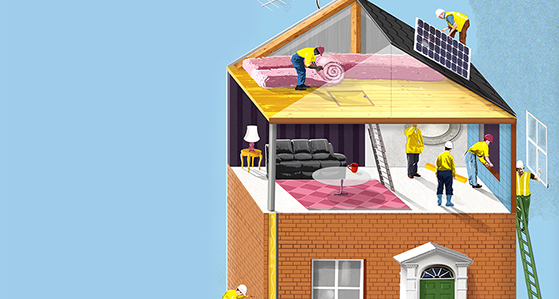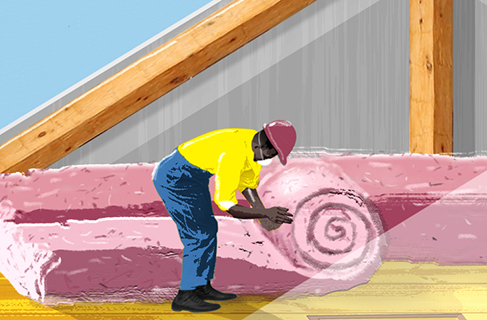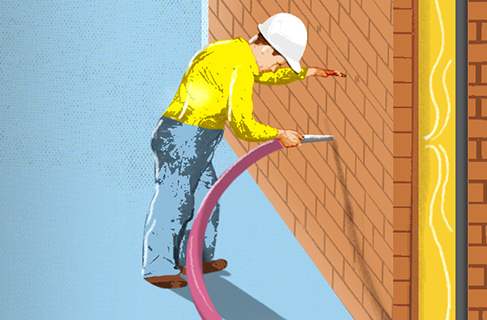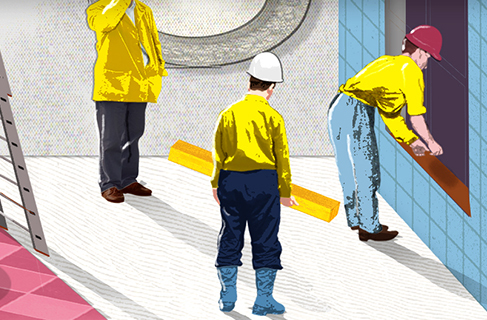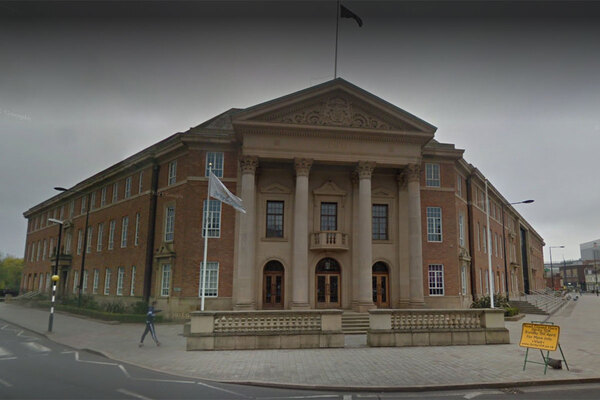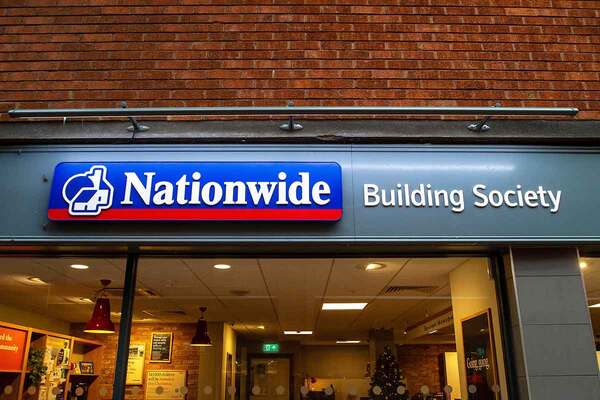You are viewing 1 of your 1 free articles
Keeping the faith
Sustainable housing was once the cornerstone of new development. But policy shifts over the past 18 months have set the clock back. Mark Smulian finds out whether social landlords have put the concept on the backburner
Video:
features style
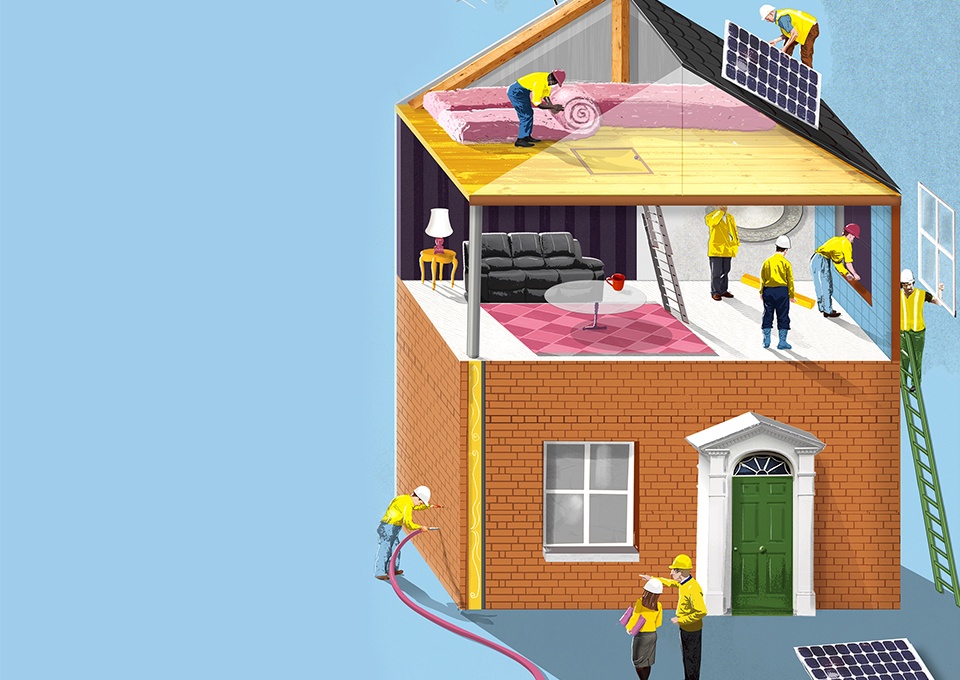
Not long ago, sustainability seemed a safe bet as something social landlords should plan for and invest in. The last Labour government promoted sustainable housing measures, most prominently the Code for Sustainable Homes (CSH). David Cameron seemed set to continue the trend, while innumerable international initiatives have promoted sustainability to combat climate change.
With such a strong direction of travel for policy, it seemed the sustainability agenda was set in stone.
Video:
Ad slot
Changing landscape
But things have changed since the last election. The government has signalled an end to the Energy Company Obligation, cut Feed-In Tariffs for home-generated power, scrapped Green Deal funding, and abolished the CSH and abandoned its intended replacement of a zero-carbon homes standard in favour of a somewhat vague intention to review energy efficiency standards.
So is sustainability yesterday’s news? And how should social landlords respond to this altered landscape?
‘Unsustainable’ homes might be cheaper to build without the CSH’s assorted bells and whistles (see box: What did the CSH measure?), but long-term maintenance costs could be higher.
One person with cause for concern is Bevan Jones, managing director of Sustainable Homes, a subsidiary of Hastoe Housing Association.
Mr Jones runs the SHIFT accreditation system for social housing environmental targets, including for carbon dioxide emissions, water use and waste.
“People worry they’re going to have to do a lot of ‘green stuff’, but it’s not difficult or expensive.”
Bevan Jones, managing director, Sustainable Homes
He says landlords with projects in progress to level 3 or 4 have supply chains established for this and will continue to build to those standards.
Much of what was in the CSH has been incorporated into building regulations. “If you follow those you build to CSH 3 anyway,” he says.
Mr Jones doubts landlords will seek wholesale cuts for sustainability measures directly related to homes.
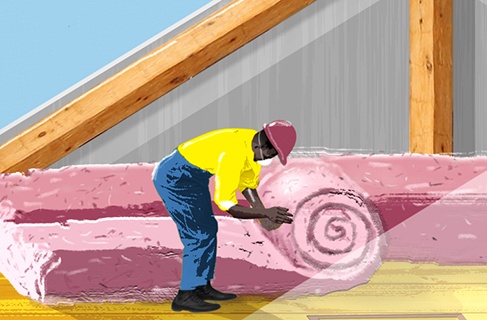
“I don’t think interest will tail off,” he says. “People worry they’re going to have to do a lot of ‘green stuff’, but it’s not difficult or expensive.”
Steve Cole, policy leader on sustainability at the National Housing Federation, argues landlords’ self-interest will keep sustainable building relevant.
He explains if tenants on an average household income move into a home with poorer energy performance “they are going to be in fuel poverty”.
Mr Cole argues as most housing associations are committed to supplying good homes to people on low incomes, energy efficiency “is simply the right thing to do”.
The introduction of Universal Credit, with benefits paid to tenants instead of landlords, means “if people have a choice between heating their home and paying the rent they are probably going to get into arrears”, with their landlord’s finances at consequent risk.
Mr Cole says long-term costs are also important. “Building a sustainable home will cost less long-term in maintenance so it can work out better financially.”
He agrees with Mr Jones that landlords with supply chains geared to deliver CSH level 4 will keep building to that level but the different standards already applied in London (see box: Setting new standards), Wales and Scotland may be a precursor for a more patchwork approach as devolution spreads.
“Building a sustainable home will cost less long-term in maintenance so it can work out better financially.”
Steve Cole, policy leader on sustainability, National Housing Federation
“That is sensible as the climate differs. What you build in a relatively warm and dry place like the South East should not necessarily be the same as in Cumbria,” he argues.
Although Mr Cole and Mr Jones envisage little reduction in sustainable building, Richard Twinn, policy adviser at the UK Green Building Council, has already noticed “quite a marked drop-off in activity in sustainable homes”.
He said sustainability had been driven not just by specific regulations but “a forward trajectory of policy that gave an incentive to invest because people thought they would have to comply anyway in future”.
Mr Twinn said it had become a “grey area” whether local authorities could press developers to build to equivalents of CSH level 4 or higher.
Business as usual
Some landlords insist the code’s demise will not affect their plans. David Stevenson, head of portfolio at Genesis Housing Association, says: “Genesis has not changed tack at all despite the code having fallen away. We seek climate change reduction in everything we do. Building sustainably is also the right thing for residents and it’s a good long-term measure to add value to properties.”
Catalyst Housing has also continued to build sustainably. “Sustainable homes will last longer, manage climate impact more effectively, require less carbon offsetting costs, result in reduced maintenance costs, shorter void periods, reduced rent arrears – as a consequence of reduced energy bills – and fewer customer complaints,” says Stephen Edwards, energy and sustainability co-ordinator at the 21,000-home landlord. “The business case for more sustainable homes is strong.”
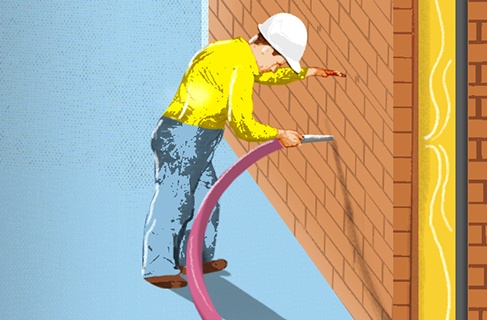
By contrast, Sunderland-based Gentoo Group is set to cut back its sustainability programme.
It had previously built to CSH levels 4-6 and Passivhaus – a standard concerned with high thermal efficiency – as part of research projects to improve its knowledge of sustainability.
“Sustainable homes will last longer, manage climate impact more effectively, require less carbon offsetting costs and result in reduced maintenance costs.”
Stephen Edwards, energy and sustainability co-ordinator, Catalyst Housing
Results have been used to “inform the design and build of our current new build homes”, but chief executive John Craggs says building to high sustainability standards has proven costly. “The costs associated with building to Passivhaus standard, for example, have restricted us from developing further properties of this nature at scale.”
Mr Twinn acknowledges housing associations’ “fear that sustainability will mean higher unit costs”. But he adds: “If you design in sustainability from the outset you can build for similar costs.”
Mr Jones agrees: “There isn’t really an extra cost if you do your procurement right. Why would you skimp on insulation anyway? If you do, you might in 20 years have to knock the house down and that is not sustainable.
“There might be a higher upfront capital cost from putting in sustainability measures but running costs are 10 times build costs over a life of a home and if you can invest to cut those running costs, why wouldn’t you?”
Customer demand for sustainability is not yet taking hold, says Mr Twinn. “Customers may like the idea of lower energy bills and running costs from a sustainable home, but the scarcity of homes means that isn’t really a factor, and as a result valuers do not value sustainability.”
Conversely, Mr Stevenson says demand for energy efficient homes is growing but not yet on the scale of that, for instance, in the car industry.
“There is an awareness among customers that they like energy efficient measures but that is not yet mainstream,” he says.
The policy position is confused. Joanne Wade, chief executive of the Association for the Conservation of Energy, thinks social landlords committed to sustainability still in effect follow the CSH, “but it’s all very patchy”.
“It’s very difficult to say what the direction of travel in policy is. The government has commitments to tackling climate change and fuel poverty but the legislation and policy now seem to go in different directions,” Ms Wade says.
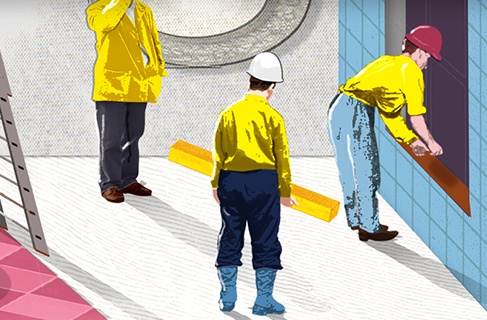
Sustainable development is now something social landlords say they might do, rather than must do.
“The government has commitments to tackling climate change and fuel poverty but the legislation and policy now seem to go in different directions.”
Joanne Wade, chief executive, Association for the Conservation of Energy
The question is a delicate decision: whether long-term savings, fuel poverty reduction or acting on climate change are worth higher initial costs.
The government’s dramatic policy shifts mean this is a choice social landlords must make for themselves.
Setting new standards
It’s unclear how much local authorities can enforce sustainable housing design standards now they are legally barred from demanding anything in excess of government building regulations.
Cambridge City Council, in partnership with neighbouring South Cambridgeshire District Council, is building 1,000 homes (40% of which will be affordable) with sustainability levels in mind.
“We’re developing a design specification to replace CSH 4 and we are thinking about ways we could still go beyond the building regulations to replace the code,” says Emma Davies, senior sustainability officer for design and construction at the council. “Now we cannot set construction standards we are looking to use the Planning and Energy Act 2008.”
This allows for locally decided policies on renewable energy, low carbon and energy efficiency. “We’re still using it to get as near to CSH 4 as we can and asking for developers’ design and access statements to demonstrate sustainability,” she says.
The Greater London Authority (GLA), meanwhile, has set design guide standards for new homes in the capital, which set minimum targets for carbon dioxide emissions, beyond what CSH level 4 requires.
While the standards lack the CSH’s force, developers will be mindful that the authority is a major housing funder.
David Stevenson, head of portfolio at Genesis Housing Association, says: “Our new schemes comply with the London Housing Design Guide and both Boris Johnson and Sadiq Khan have stuck to that to get to zero-carbon homes standards, which we support.
“The guide is optional but the GLA is an important funder for us and other landlords. Its demands are in line with what we want to do.”
What did the CSH measure?
The Code for Sustainable Homes measured performance in:
- Energy and CO2 emissions
- Water
- Materials
- Surface water run-off
- Waste
- Pollution
- Health and well-being management
- Ecology
Homes were graded from zero to six, the latter being highest.
